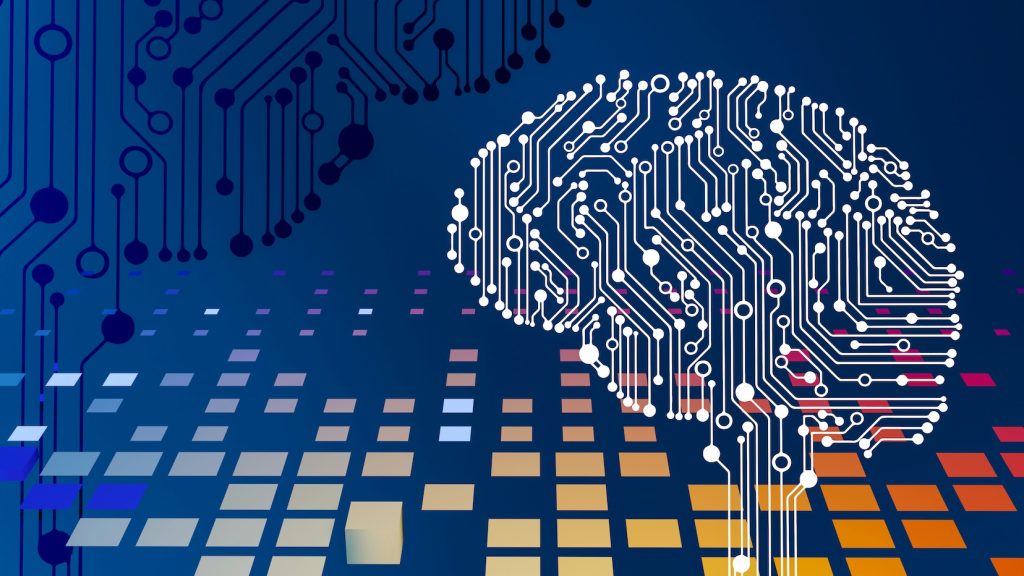In today’s recruitment landscape, artificial intelligence tools update and evolve at a breakneck pace. While these technological advancements offer tremendous potential, the most successful recruiters recognize that emotional intelligence remains the critical differentiator in winning the talent war.
The staffing industry faces a pivotal moment as AI capabilities expand exponentially. According to recent data from StaffingHub, over 60% of staffing firms have adopted some form of AI in their recruitment processes. Yet many organizations struggle to connect the dots between comprehensive AI integration and recruitment success.
The key lies in strategically weaving AI into all six primary steps of recruiting while maintaining the human connection that candidates crave through Emotional Quotient (EQ), which is a measure of a person’s emotional intelligence.
The six primary steps of recruiting and AI’s role
1. Profile the job
Before posting any position, recruiters must understand why the position is open, why the right person would want this job, and recognize common attributes of top employees. AI excels at providing market data and identifying patterns in successful hires, but falls short in understanding organizational culture and job significance.
When extracting job requirements using AI, recruiters can take an initial glance by analyzing the hiring manager’s LinkedIn profile or resume along with company information. AI will do a solid job of starting to understand the role, but personalities, dynamics, culture, and leadership style require human insight. AI cannot fully grasp the nuances of team dynamics or the unwritten cultural elements that make someone successful within a specific organization.
Effective job profiling combines AI analysis with human understanding. A recruiter might use AI to generate a baseline profile, then meet with the hiring manager to discuss the pain points driving the need for this position. This conversation reveals the true motivations behind the hire and helps articulate why the right candidate would find this role compelling. The AI tells you what the market wants, EQ, helps articulate why the role matters. This combination creates a complete picture that neither technology nor humans can achieve alone.
2. Craft the job description
One common mistake in recruitment is failing to explain why a job matters. Most job descriptions simply list what a marketing manager does, information candidates already know. The critical question is why they should care.
AI can identify language that resonates with ideal candidates and create targeted messaging for specific candidate profiles.
A truly effective job description functions as a personal letter to the ideal candidate rather than an announcement to the world. Consider the difference between a standard job posting that lists responsibilities and requirements versus one that speaks directly to the candidate about the impact they will make and how this role advances their career goals. When written in the language of the community, these descriptions naturally circulate among the right people.
Organizations that master this balance between AI optimization and human connection see significantly higher quality applications and engagement rates. The job description becomes a filtering mechanism that attracts precisely the right candidates.
3. Find people and distribution
While distribution is technically easy, standing out in a crowded recruitment field remains challenging. AI streamlines posting jobs across multiple platforms and targets specific candidate pools with precision. Distribution presents a paradox. Technology makes it simple to blast job postings across the internet with a few clicks. The difficulty comes in breaking through the bombardment of messages that candidates receive daily.
AI tools can analyze data to determine which platforms yield the best candidates for specific roles. They can optimize posting times, tailor messaging for different channels, and even predict which passive candidates might be open to new opportunities. AI algorithms also maximize recruitment advertising ROI by allocating budget to the highest performing channels and eliminating spend on platforms that deliver poor results.
However, technology alone cannot build trust. The EQ component comes in when tapping into networks, referrals, and personalized outreach. A message from a trusted source gets attention and action, even if the recipient isn’t the right fit. They’re more likely to refer someone who is, creating a ripple effect that technology alone cannot achieve.
Successful recruiters combine AI distribution with human networking. They might use AI to identify alumni from specific schools or former employees of target companies, then leverage personal connections to reach out with customized messages. This combination of technological precision and human connection yields significantly better results than either approach alone.
4. Screen people
Moving beyond the limitations of resumes, AI helps connect the dots between role requirements and candidate qualifications. Implementing objective scoring systems brings consistency to the screening process.
Resumes often fail to provide an accurate picture of candidates and contain inaccuracies, both major and minor. The key is getting underneath the resume to connect the dots between the role and the person. AI excels at this pattern matching and scoring, bringing objectivity to what can otherwise be a subjective process.
Advanced screening systems use AI to generate role-specific questions that reveal capabilities beyond what appears on paper. These might include scenario based questions, technical assessments, or behavioral inquiries that predict success in the role. The AI then scores responses objectively, removing human bias from initial evaluations.
Human EQ becomes essential when screening for qualities like curiosity, drive, and ethics. Curiosity serves as a proxy for both humility and intelligence, traits that AI struggles to assess accurately. A curious candidate asks thoughtful questions, demonstrates willingness to learn, and shows intellectual humility.
The most effective screening combines AI efficiency with human judgment. AI might identify the top 20 candidates based on objective criteria, allowing recruiters to focus their time on evaluating the human elements that predict success. This partnership between technology and human insight leads to better quality hires and reduced turnover.
Read the full article here:
Emotional intelligence ensures cultural alignment, trust-building, and candidate engagement.

